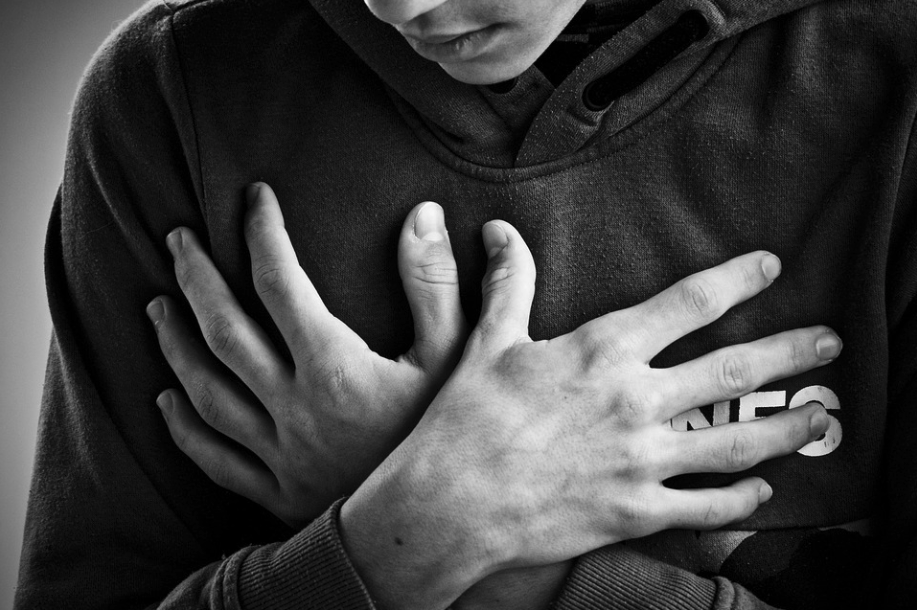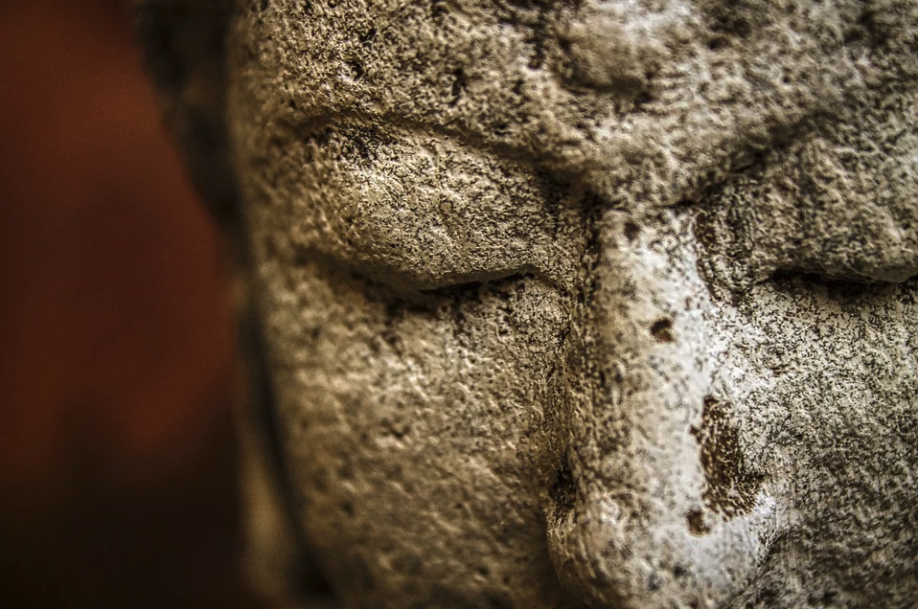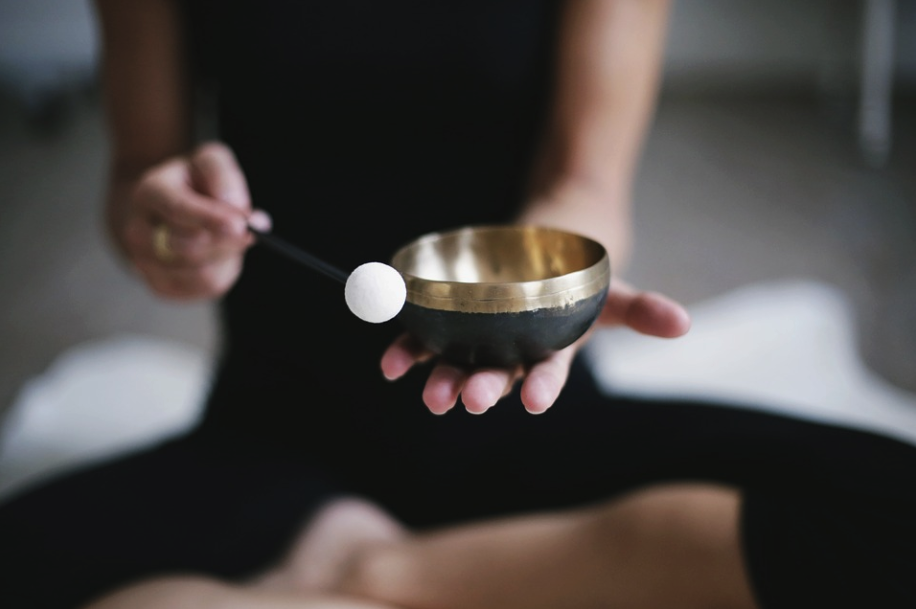When I was 20 years old, I learned to meditate. I was a typical stressed-out, anxious college student at the time.

In fact, I had been diagnosed with depressive and generalized anxiety disorders in my teens and had been treating them with a variety of prescription drugs and therapies.
Both the prescriptions and therapy were great in different ways. They got me out of the worst psychological darkness and helped me build a toolkit to stay emotionally healthy.
But the meditation was a major help as well. I was studying Buddhism at the university. They offered a meditation course for credit. It was wonderful. The meditations came from various Buddhist traditions, but almost all of them could easily be done by someone with no interest in the religion.
Two of the meditations I have practiced on my own and with groups sometimes ever since are mindfulness of breathing and loving-kindness. These two are powerful meditations that have helped me maintain emotional calm through many storms and to heal emotional scars. We’ll look at loving-kindness meditation another time. Today we will just cover mindfulness of breathing.
Learning Mindfulness of Breathing
Mindfulness of breathing is extremely popular. You can find YouTube videos and apps and countless books that teach you how to do this. I highly recommend a guided meditation for those new to the practice, like this one from Tara Brach, a psychologist, author, and meditation teacher:
https://www.youtube.com/watch?v=w-yF9EMkE88&ab_channel=OmegaInstituteforHolisticStudies
Another great one comes from Dr. Lilian Cheung, giving further guidance to students at the Harvard School of Public Health:
https://www.youtube.com/watch?v=8c-1Ylieg3g&ab_channel=HarvardT.H.ChanSchoolofPublicHealth
Just breathing in and out intentionally is powerful. Especially if you close your mouth and use nasal breathing. It’s like telling your body to “calm down” in a way that it will actually respond to.

Various techniques can help you practice this for longer and longer periods of time. And like running, the longer you do it, the stronger your “awareness muscles” become.
For most people, starting at 5 minutes is great. In fact, that can feel like an eternity when you first start. But once you meditate for 5 minutes a few times, you will see how easy it becomes. Then you are ready for 10 minutes. After a while, 20 or even 30 minutes will be very easy.
Experienced meditators usually practice for 40 or 60 minutes each day, sometimes longer. But when we’re starting out, 5 minutes is amazing. The key is to just get a regular daily practice started.
The simplest instructions are usually to first sit comfortably in an upright posture. Straighten the back as much as possible, tuck in the chin a little to lengthen the back of the neck. Hands can be in your lap or on your knees or thighs, just resting comfortably.
Then take one or two intentional deep breaths. Really fill the lungs. Hold for a second or two, feeling the expanded lungs. Then exhale fully and slowly. Repeat. Notice how easy it is to pay attention to the breath when taking deep breaths.
Then allow natural breathing. But keep your attention on the breath as much as you can. Notice all of its various parts. Perhaps you feel the air as it passes into and out of your nostrils, or at the back of the nose. Notice the expansion of the belly, the rise and fall of the chest. Every moment there is a new sensation for us to be aware of.
The mind will wander. Bring it back. Every time we bring the mind back to our breathing, we are strengthening our awareness muscles. Over time, it gets easier and easier. It even becomes natural.
Benefits of Mindfulness of Breathing

Now that my mindfulness of breathing has become natural, I return to it many times each day. Sometimes it is a sudden flurry of work-demands. Sometimes it is my toddler having a melt-down. Sometimes my wife and I have a disagreement.
Each time, a deep breath or two calms my body and mind. And that helps me make clearer and more effective decisions.
Psychologists have been studying the effects of mindfulness meditation for decades now. Studies often show real physical effects in the brains and bodies of people who have learned to meditate. There can be more-developed gray matter in the decision-making parts of the brain, or reduced cortisol, a major stress hormone.
Other studies have looked at the psychological effects of meditation and found that people report being happier and calmer overall.
Psychiatrist Judson Brewer has found that mindfulness can be a powerful tool for breaking bad habits, such as smoking:
https://www.youtube.com/watch?v=-moW9jvvMr4&ab_channel=TED
With so many physical, emotional, and behavioral benefits, it is no wonder that some people call mindfulness practice a sort of “superpower.”
Starting and Developing a Practice
I appreciate the idea that mindfulness is a superpower, but I would also stress that it’s pretty ordinary. It just requires work. Superheroes with superpowers rarely develop their powers over time. They just wake up one day with them. It’s often accidental or unintentional: a spider-bite or a mad scientist’s idea gone wrong.
The superpower of meditation is quite different. It’s a potential already waiting within each of us. But making it a reality takes time and practice.
While many people will begin to notice differences in their lives after just a few weeks of daily practice, others might need more time. And for big, lasting differences, it will need to become a regular part of your routine for months or even years.
And while I’ve given you 3 great videos and there are countless more out there on the internet, my best advice to you for starting a practice is to find a meditation buddy or a teacher. Both will keep you accountable to actually meditating each day.
And that is the simple key to developing your own superpower.
 Justin Whitaker, Ph.D., holds a doctorate in Buddhist ethics from the University of London. He has given lectures, and taught Buddhist studies and Philosophy at Oxford University, the University of Hong Kong, the University of Montana, and at Antioch University’s intensive study-abroad program in India. He is a certified meditation teacher, a regular contributor to Patheos.com, and Senior Correspondent for Buddhistdoor Global. He lives in Missoula with his family.
Justin Whitaker, Ph.D., holds a doctorate in Buddhist ethics from the University of London. He has given lectures, and taught Buddhist studies and Philosophy at Oxford University, the University of Hong Kong, the University of Montana, and at Antioch University’s intensive study-abroad program in India. He is a certified meditation teacher, a regular contributor to Patheos.com, and Senior Correspondent for Buddhistdoor Global. He lives in Missoula with his family.
